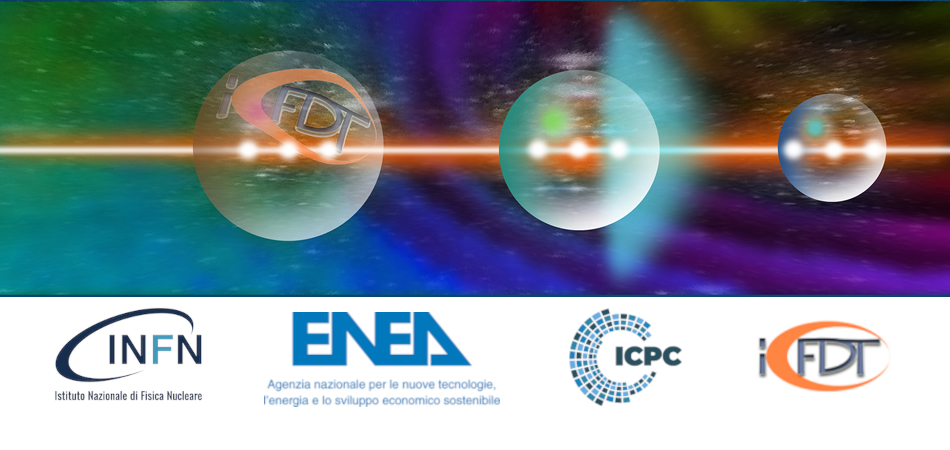Speaker
Description
Laser-plasma based experiments is always more demanding about the plasma characteristics which need to be generated during the interaction. This is valid for laser-plasma acceleration as well as for inertial confinement fusion experiments. Most of these experiments are moving toward high repetition rate operation regimes, making even more demanding the requests on the plasma sources and the diagnostics to be implemented.
Interferometry is one of the most used methods to characterize these sources, since it allows for non-intercepting, single-shot measurements either of the neutral gas density or the plasma one. The design of the interferometric setup is non-trivial and needs to be shaped on the actual conditions of the experiment. Similarly, the analysis of the raw data is a complex task, prone to many sources of error and dependent on the manual inputs.
In this presentation, we will present the techniques we are investigating for the measurement of the gas and plasma density. We will show the methods, the progress and the problems we encountered in the development of novel routines of analysis based on machine learning and on the simultaneous analysis of both interferograms and shadowgrams. Details on the architectures of these routines and the methods to collect data used to train and test them will be also presented. The study is ongoing and preliminary results with synthetic data will be also presented. The goal is to set up a fast and operator independent diagnostic for the feedback of plasma sources toward high repetition rate experiments.

